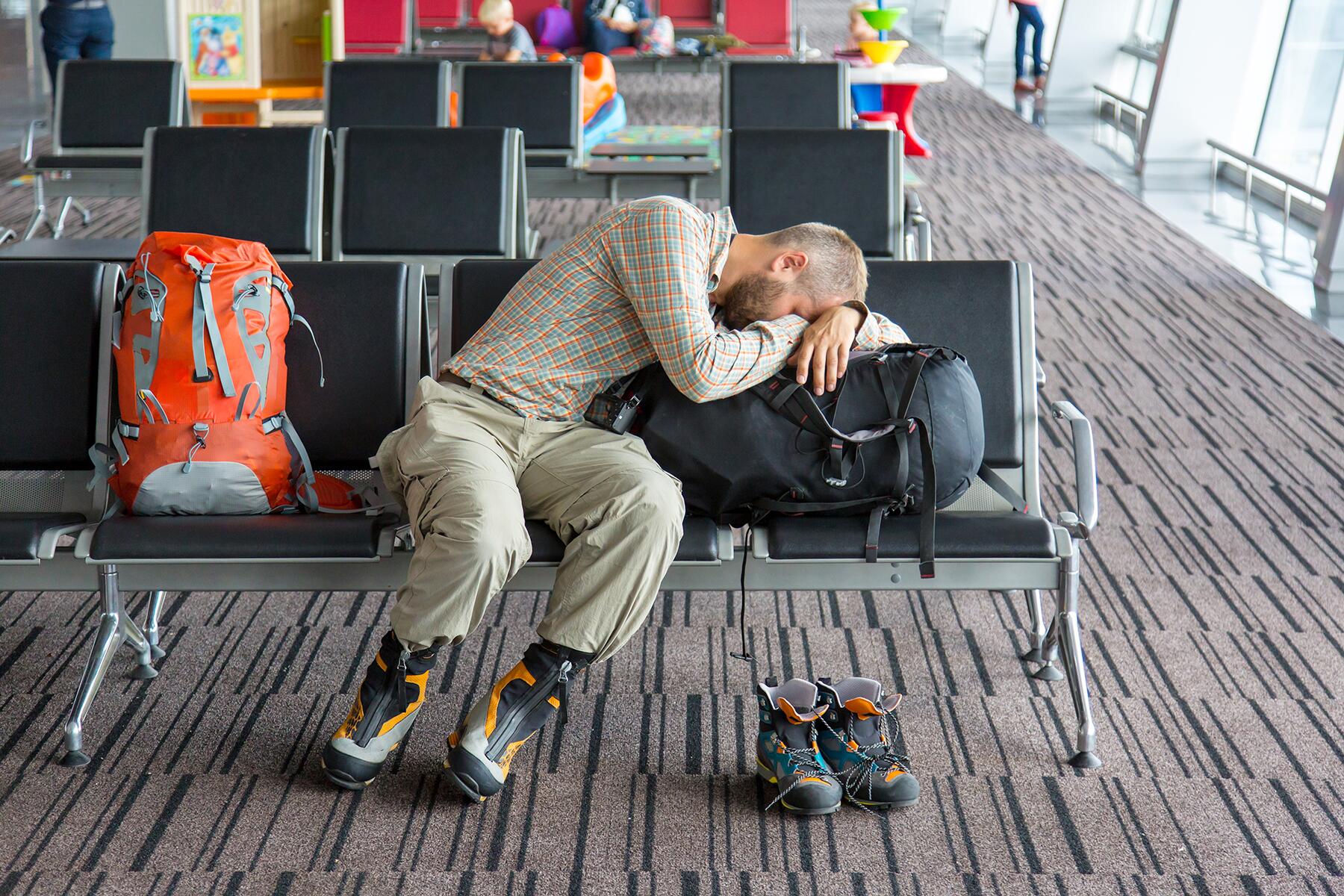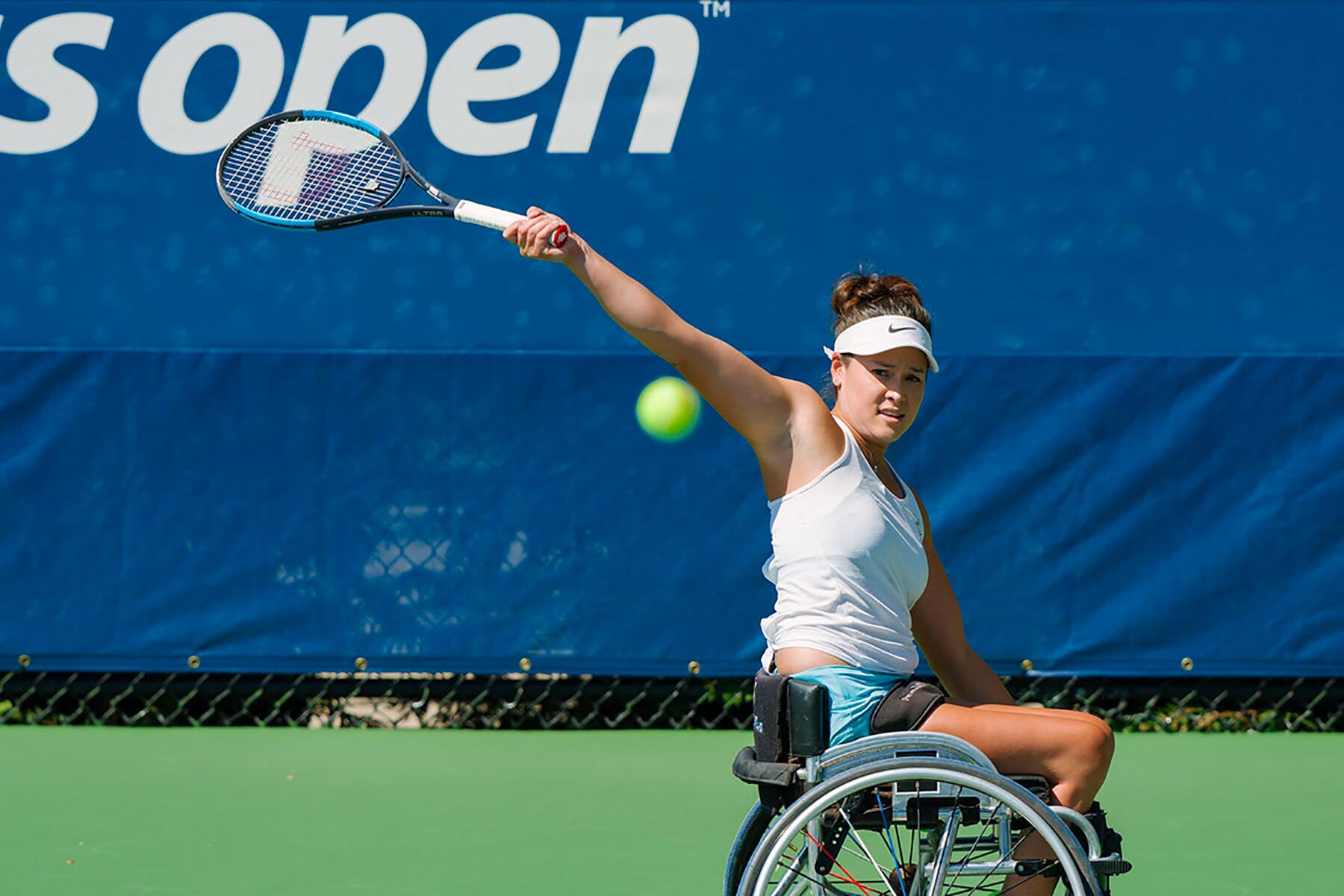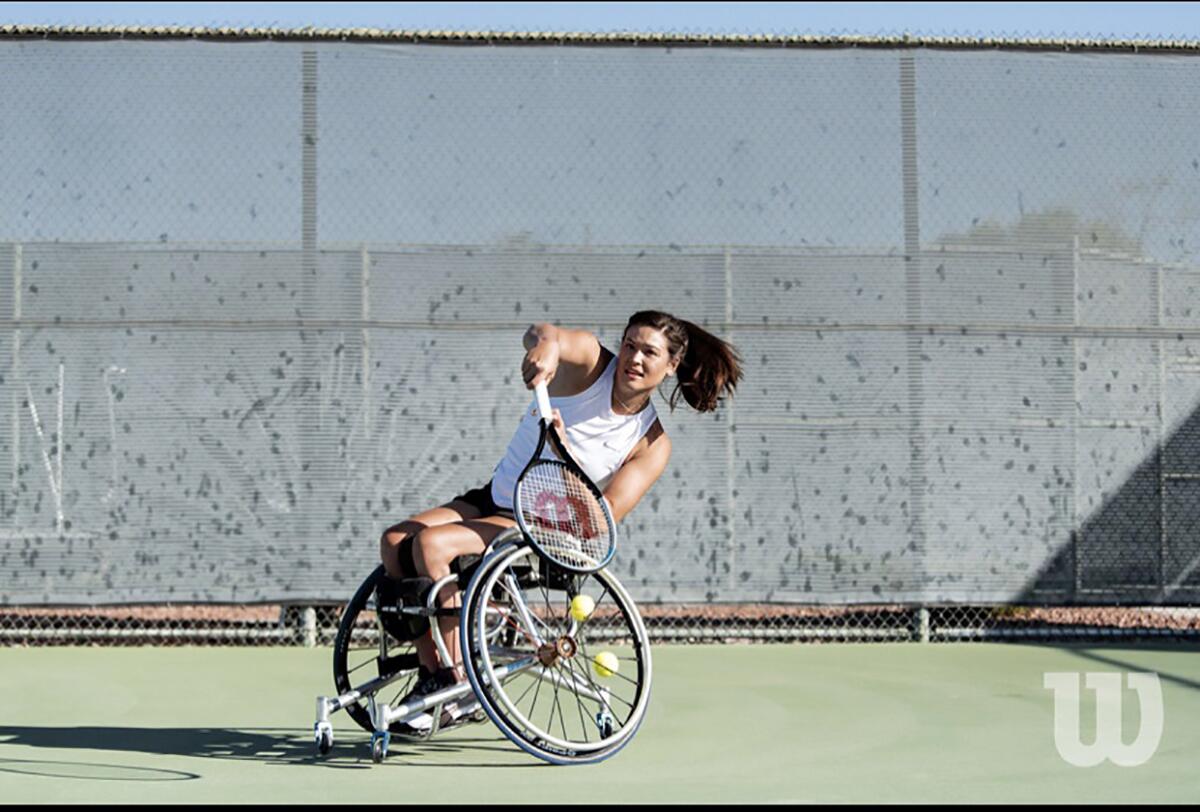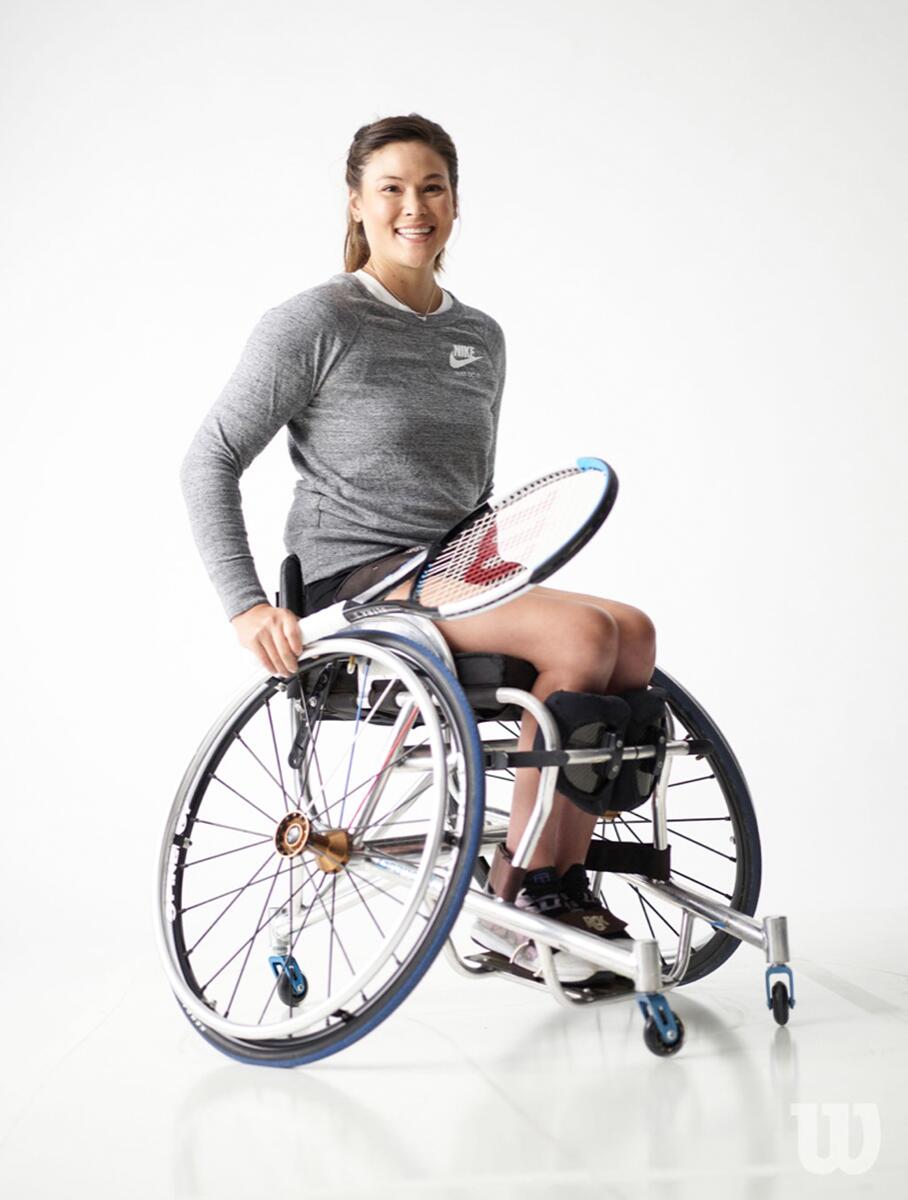As we struggle to fight the pandemic, we need to examine the struggles that prevent this fight from being an inclusive and equitable response.
When Joe Biden is inaugurated on January 20, he’ll be taking center stage in the life of Rozanne Weismann, a children’s book author who lives ten blocks away from the White House. Biden has already outlined his plans to tackle COVID during his first 100 days in office. These include asking everyone to wear masks and a plan to roll out 100 million doses of approved COVID vaccines, but Rozanne is worried these plans won’t work for people like her.
The Author
Rozanne lives with hand and wrist peripheral neuropathy, a condition that severely limits the functioning of her hands.
“I have difficulty using my hands because they become very weak and my fingers go numb. I drop things,” she explains.
Rozanne relies on Siri to work and reply to emails on her Apple devices. Before COVID, she could count on neighbors and friends to accomplish small tasks. The help she got transformed a solitary life into one fruitful presence in her community. The nearby Apple Georgetown set up her iPhones and iPads to help her navigate with ease, a West End Library assistant set up her computer to suit her disability needs, and when she needed to go online she got better Wi-Fi at these places than she could manage at home.
Top Picks for You
“I was more functional before COVID shutdowns by piecing together help and supportive places that I no longer have…I’m sitting most of the time and losing strength. My disability is becoming worse.”
With a full life and much to share, Rozanne traveled to Africa and returned to write a children’s book about her adventures. The book was created by dictating notes to her old iPhone 8 in a project she describes as a labor of love. She shared many of her adventures with kids in the neighborhood and the D.C. schools where she volunteered. Rozanne Travels to Africa to Kiss a Giraffe, her book detailing her wildlife trips, has a five-star rating on Amazon.
Rozanne didn’t catch COVID when it spread in D.C., but she’s been seriously scarred by it. When friends who’d been exposed were forced to quarantine and lockdowns imposed, she suddenly found herself at her most vulnerable.

“I was more functional before COVID shutdowns by piecing together help and supportive places that I no longer have. Living in a Zoom age and [being] on electronics all the time is painful for me.
“I’m sitting most of the time and losing strength. My disability is becoming worse. Rather than just a walking stick, I now walk with a shopping cart. That was my doctor’s suggestion for greater stability since I’m a fall risk. I can’t afford to fall or fracture a bone and land in [the] hospital.”
Rozanne, who has friends with severe disabilities struggling through the pandemic, doesn’t feel people with disabilities are part of the public health conversation. She hasn’t received any information targeted to her specific needs from local, state, and federal governments, but tries to gather as much information as she can. She’s in the third tier of people who will get the COVID vaccine but strongly feels there’s a lot to be done to make the fight against future pandemics more inclusive.
“I recommend a disability health task force at federal and state levels as part of basic pandemic preparedness. That needs to be set up immediately. Pandemic and health plans must cover caregivers of people with disabilities. Many people with disabilities cannot operate solo all the time. It’s too dangerous.”
She also implores businesses and corporations to do more to make their services accessible to the diverse community of people with disabilities. She has experience in the sector, volunteering for over twenty years in the development of voice recognition software. For now, her most pressing concern is finding someone to open packages, food cans, blow-dry her hair, and getting physiotherapy to stay healthy.
The Athlete
In an ordinary year, Dana Mathewson would have been reflecting on her performances at the Tokyo 2020 Paralympic Games. The women’s wheelchair tennis player is ranked number one in the USA and ninth in the world, a classification that gives her automatic qualification for the Paralympics. She competed in Rio 2016, but she was hoping 2020 would be the year she won a Paralympic medal for herself and her country. She ended up spending most of her summer on Zoom and Netflix and finding creative ways to stay fit.
Wilson Tennis
“During the lockdown, it was especially difficult for me to find ways to stay active since I couldn’t do a lot of effective at-home workouts without the large space to move my chair. I had to get very creative using items around the house to achieve the same results as able-bodied individuals who could do activities like HIIT training indoors,” says the native of San Diego, California.
Dana is used to playing 20 plus tournaments a year, but the COVID pandemic has limited her to just one outing outside of America in 2020. She traveled to France in September for the French Riviera wheelchair tennis tournament where she was a semi-finalist in both singles and doubles. Before that, she made it to the semi-finals of the doubles and quarter-finals of the singles at the U.S. Open.
As a professional tennis player, Dana spends most of the year on the road and has a lot of experience traveling as a person with a disability.
“Here in the United States, we, unfortunately, have a culture where we see people with disabilities as less-than, and that we are people who should be pitied. As a result, when we’re offered help here, there is a demeaning tone attached to it most times.”
“Going through security takes a lot longer since we need to have our chairs fully inspected, and usually have a full-body pat-down since we can’t walk through the scanners. To board the plane, we are lucky enough to be the first ones on, albeit the last one’s off, which is always something I’m grateful for!
“I find that airport staff are usually more than happy to help with my bags, pushing my trolley, or assisting me on the way to my gate. I tend to not need assistance, but the fact that people are willing to help is a nice feeling.
“I think the country that treats people the best is Japan. They are beyond accommodating, without being patronizing, and have a system for everything so there are no hiccups or moments of confusion.
“Here in the United States, we, unfortunately, have a culture where we see people with disabilities as less-than, and that we are people who should be pitied. As a result, when we’re offered help here, there is a demeaning tone attached to it most times, and that’s why I wouldn’t pick the USA as a top choice for disability treatment. We are by far the most physically accessible place in the world, but our attitudes don’t match the physical infrastructure of our country.”
America’s top-ranked wheelchair tennis star will have time to enjoy Japan’s hospitality once more when she competes at the Paralympics this year. It’ll taste even sweeter if she adds to the gold and bronze medals she won at the 2019 ParaPan-American Games in Lima, Peru.
The Expert

Dr. Patrick McEneaney is the owner and CEO of Northern Illinois Foot and Ankle Specialists. As a podiatrist and former President of the Illinois Podiatric Medical Association, he advises people with injuries on how to commute and travel. He took an early interest in how the coronavirus pandemic was affecting mobility for people with disabilities. He also oversees COVID testing at Northen Illinois Lab and testing Center that currently handles over 200 tests daily. For Dr. McEneaney, it’s easy to pick out the biggest challenge.
“The biggest issue for those with disabilities will be travel. Some with disabilities don’t own or can’t drive cars. A lot of places around the world and in the U.S. have public transportation systems that are not hospitable to those with mobility limitations. So if you’re unable to get a ride from a family member or friends, and can’t afford private transportation, that’s a big problem when trying to get disabled people to vaccination centers.”
Dr. McEneaney advises that governments at all levels allocate resources to get people with disabilities vaccinated, either by transporting them to vaccination centers or having healthcare workers go to them.
“Otherwise you’re going to have pockets of your population, many of whom are already in compromised health not getting the vaccine. And to compound the problem, because the vaccines that are expected to be approved by the FDA here in the States require two doses to reach maximum efficacy, so people with disabilities would have to figure out how to make the journey to a vaccine center twice within a specific window of time,” he cautions.
“If you’re unable to get a ride from a family member or friends, and can’t afford private transportation, that’s a big problem when trying to get disabled people to vaccination centers.”
With 15% of people in the world living with some form of disability, Dr. McEneany advises that governments partner with transportation agencies to set up travel vouchers for people with disabilities to get vaccinated safely and quickly.
Dr. McEneany recognizes the challenges in applying these solutions to different and diverse communities and advises that they should be tailored to fit different demographics, geographic areas, and infection rates.
“This is a crucial time for people to come together. If you have the chance to help a neighbor with a disability or friend get a ride to a vaccine center, now would be the time to offer a ride while wearing masks of course.”
The Lowdown
The coronavirus pandemic has scarred us in many ways, but the damage that might linger for a while longer is with the things we don’t see or the people who are least represented in the discussions we’re having at the moment. Persons living with disabilities make up about a fifth of the world’s population.
That’s one in five of us, and as we struggle to fight the pandemic, we need to examine the struggles that prevent this fight from being an inclusive and equitable response. This is especially important as rates of infection continue to go up and more countries continue to lockdown, leaving many people who need help to deal with their challenges alone.
Among the biggest challenges is access to information. There have been few occasions when a disease has spread so rapidly and the response changed so quickly that we have to rely on daily briefings to stay abreast of the required recommendations. For people with visual or hearing impairments, access to reliable information is not so obvious. There are also people with learning disabilities who need more time and sometimes specialized care and a lot of patience from friends and family to understand what is going on around them at that speed.
Even as vaccines start to be distributed, a lot of work has to be done to educate people with disabilities to ensure they too get access, and efforts and resources should be adapted to their specific needs. We’ve already seen failures in the provision of personal protective equipment for people with disabilities, limited access to hand sanitation, and shortcomings in the care of people living with chronic conditions and palliative care.
These inequalities have been accentuated and reported in developed countries, but not as much information is guiding the response in developing countries. COVID disproportionately affects people over 65, and these are the most likely to be suffering from a disability. Those with pre-existing conditions and non-communicable diseases like diabetes, cardiovascular diseases, chronic respiratory diseases, and cancer are also more likely to suffer from disabilities, therefore facing the complications that come with having both.
Anxiety, depression, and fear generated by illness and loss, and lack of activity haven’t been good for any of us, but for those with physical disabilities and mental health disorders, it is worse.
Another demon we’ve had to deal with during COVID is isolation. During World Mental Health Day commemorations last October a number of public figures lined up to talk about the toll the disease had taken on their wellbeing. Anxiety, depression, and fear generated by illness and loss, and lack of activity haven’t been good for any of us, but for those with physical disabilities and mental health disorders, it is worse. Visits from family and carers have dropped some for people whose very care depends on contact and socializing, the very things the experts are discouraging at the moment. These are people who are already disadvantaged when it comes to socializing, and they’ll have to endure isolation for a while. Some need outdoor exercise and physical contact for rehabilitation, and for many that visit from their carer is a crucial part of their social life and wellbeing.
The CDC says 40% of U.S. adults reported dealing with mental health issues and substance abuse, while 11% have seriously considered suicide. The U.K. Government acknowledges that a mental health condition is considered a disability if it has a long-term effect on a person’s regular day-to-day activity. That long-term is defined as 12 months. We’re almost one year into the crisis, and at this rate we should consider expanding mental health services to more people.
In the rush to fight one of the biggest challenges of our time we have left many behind, but from here on we can strive to do everything in our power to ensure everyone is receiving the care they need.





